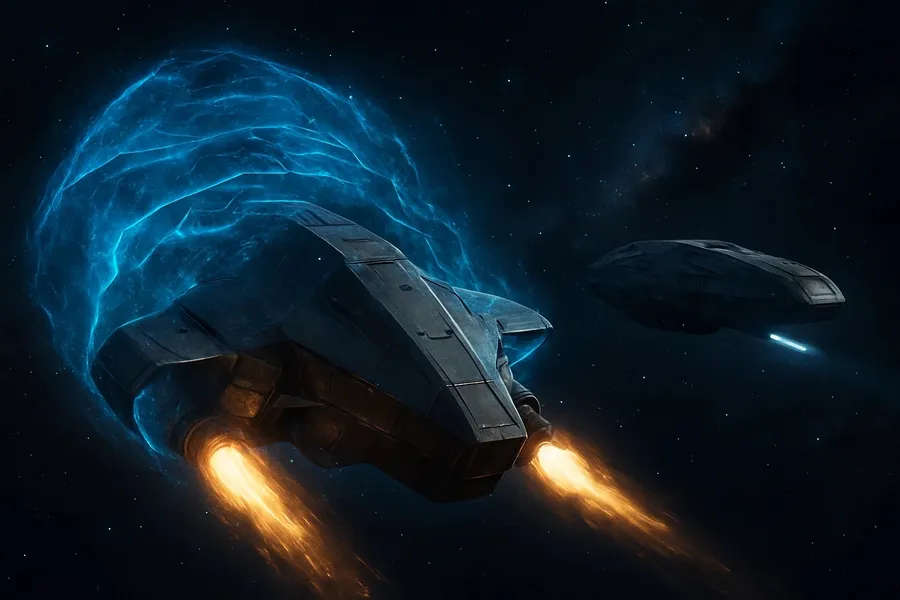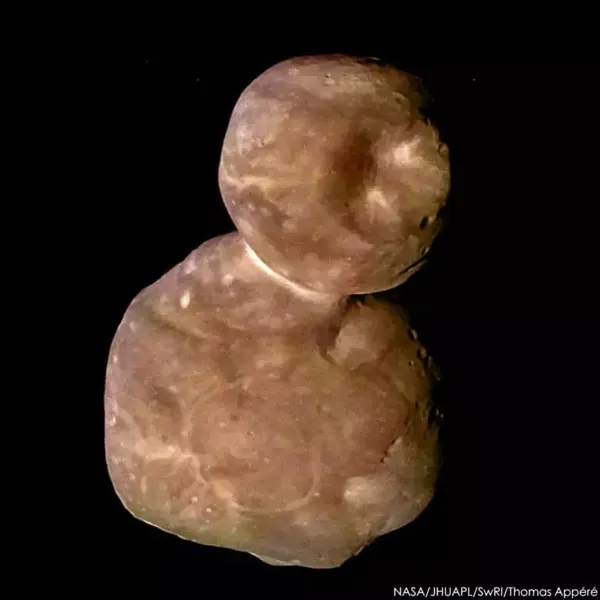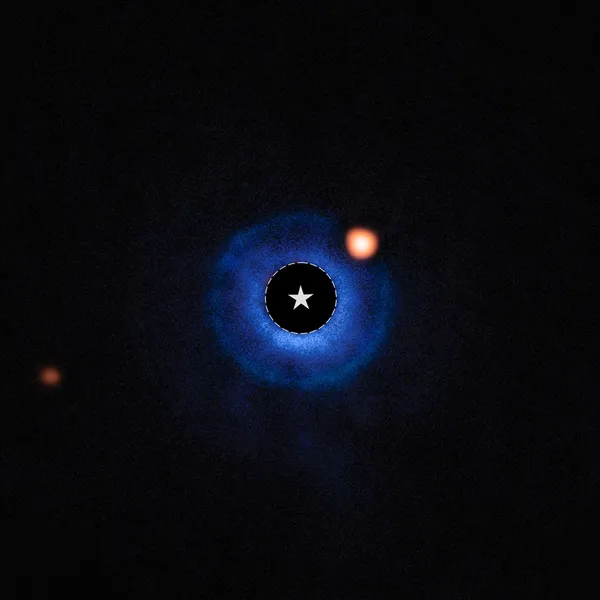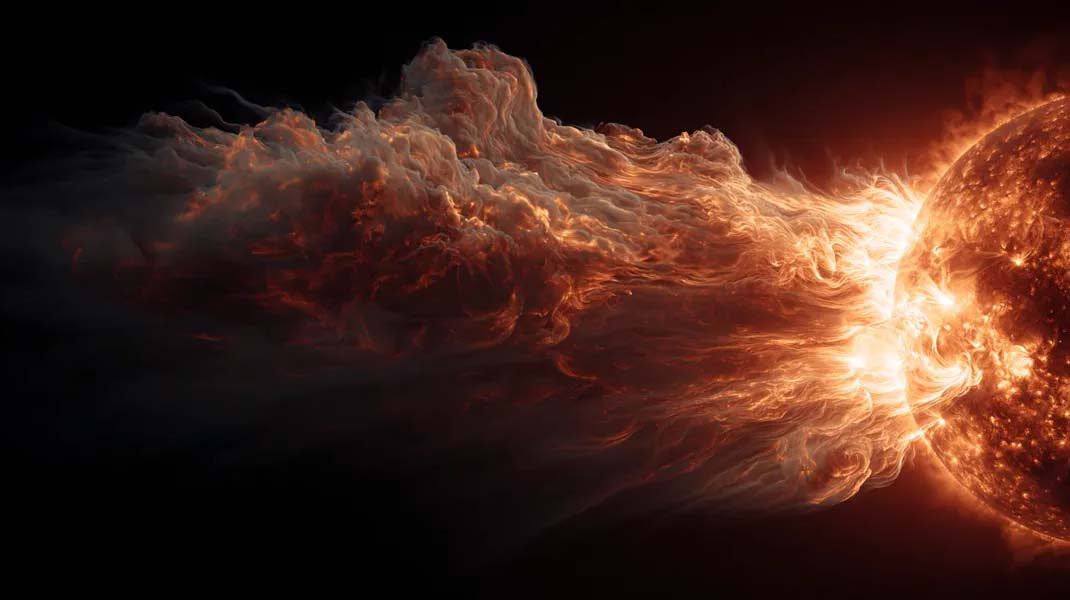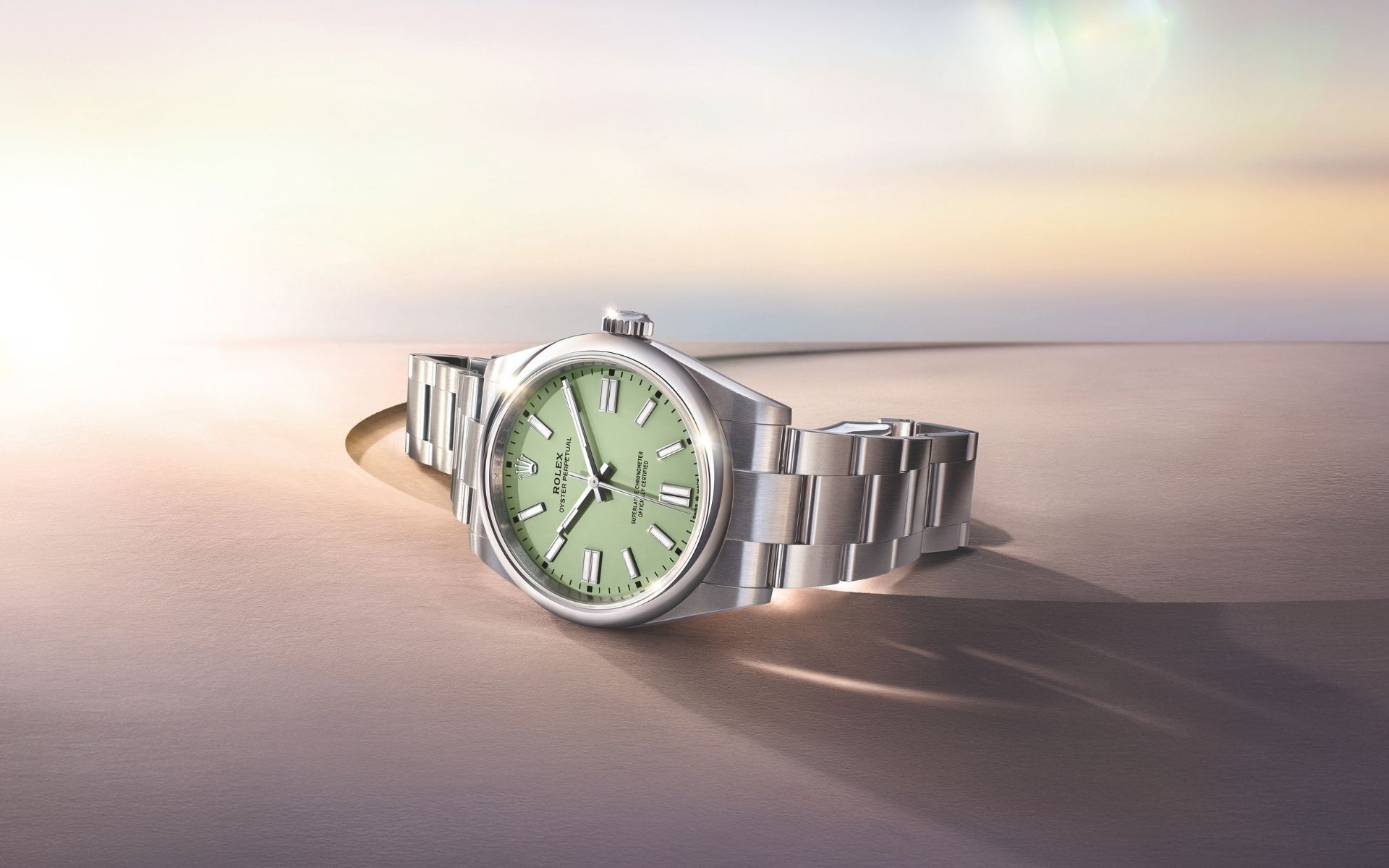A new method of multidimensional analysis of exoplanets allowed us to look at the question of habitability from a different, more complex perspective. The study, which covered 517 exoplanets — about 10% of all known ones to date-showed that Earth, although rare, is still not as unique as previously thought.
The authors of the paper proposed to abandon the traditional assessment of the "habitable zone" - the area in which a planet must be located relative to its star, so that liquid water can exist on its surface. According to the researchers, this approach does not take into account the most important parameters that affect the suitability of the planet for life.
The new model includes eight key characteristics: the radius, density, temperature, and radiation flux of the planet itself, as well as the radius, mass, effective temperature, and metallicity of the star. Based on the analysis of these factors, each system was assigned to one of four categories::
- Excellent candidate
- Good planet, bad star
- Good star, bad planet
- Bad candidate
According to the results of the study, 388 planets — 75% of the sample-fell into the category of "Good star, bad planet". It is clarified that such a high percentage is probably not due to the distribution of planets in the Galaxy, but to the systematic bias of detection methods: telescopes are easier to detect large, dense planets with short orbits, which are often uninhabitable.
Only three objects were included in the category of "Excellent candidates": Earth, Kepler-22b and Kepler-538b.
Kepler-22b, located 635 light-years away, is considered the best analog of Earth. Its temperature differs from the earth's by only 3.1%, and the radiation flux-by 1%, which makes it a priority target for further atmospheric research.
Kepler-538b is inferior in parameters: it is larger and warmer than Earth, but it is still among the potentially habitable bodies.
Using a statistical measure — the Mahalanobis distance-the researchers estimated the Earth's strangeness as a habitable planet. The result — 69.4% - indicates that the characteristics of the Earth are quite rare, but do not go beyond the acceptable range of possible planetary scenarios.
Of particular interest is a group of six planets that fall into the category of "Good planet, bad star". These planets orbit stars of the spectral class M — red dwarfs, which were previously considered unfavorable for the maintenance of life due to unstable luminosity and extreme temperatures. However, a comprehensive assessment showed that the physical parameters of the planets themselves potentially compensate for these shortcomings. Some of the objects are already being observed using a new-generation telescope.
This paper demonstrates the importance of moving from linear models to multivariate statistical analysis in planetary science. The more dimensions that are included in the assessment, the more accurate the understanding of what conditions really contribute to the emergence of life becomes. Given the pace of discovery of new exoplanets, scalable approaches to their classification may become the basis for searching for habitable worlds in the coming decades.

